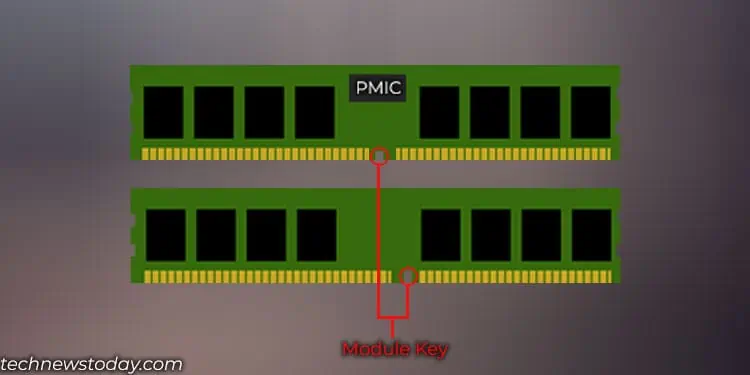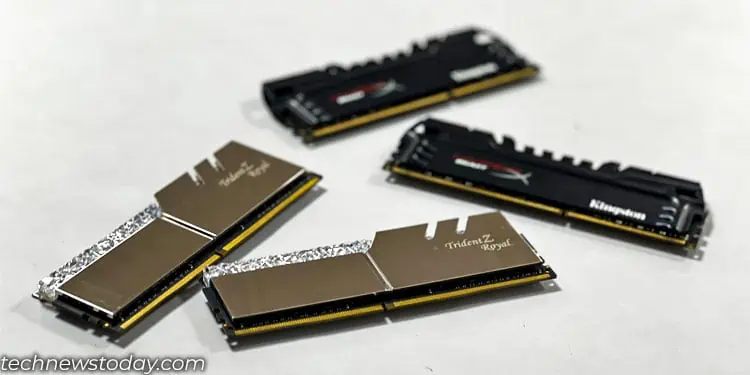Before 2020, when DDR5 was yet to be released, DDR4 memory was the perfect and the only choice when it came tochoosing a memory module for your PC. It offered a great price-to-performance ratio. And choosing a DDR4 RAM with higher capacity and frequency was great for the long run.
However, with the release of DDR5 memory, most users are confused whether to switch to the newer technology or stick to the same older-gen DDR4 memory sticks.
In this article, we’ll break down the pros and cons of DDR4 and DDR5 memory in simple terms and help you make an informed decision about which memory module to choose from.
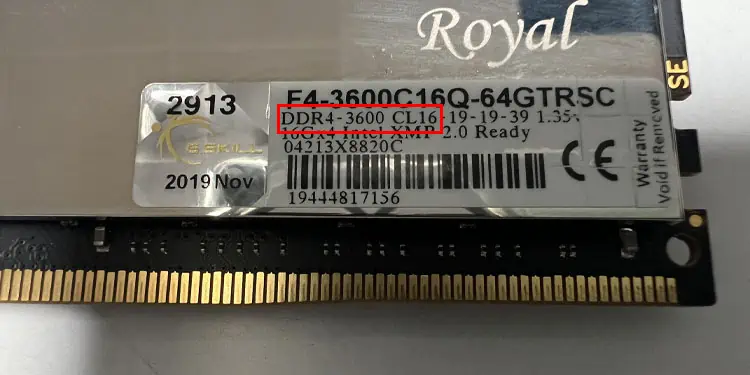
DDR4 memory was the perfect choice for RAM for most, if not all, users before the release of DDR5. DDR4 offered much higher transfer rates with lower CAS latency. Andrunning RAM on a dual channelwould further improve the memory bandwidth.
DDR4 RAM provideddata transfer rates from 2133 MT/s to 5333 MT/s(MegaTransfers per Second). And with a single stick of memory supporting up to a capacity of 256GB, DDR4 also used to run in 1.2V, which was 20% lower power consumption compared to the previous generation DDR3 memory.
Furthermore, the prices of DDR4 memory are relatively cheap when compared to the same capacity DDR5 sticks. This price-to-performance ratio of DDR4 RAM makes it a great choice, especially if you are on a budget.
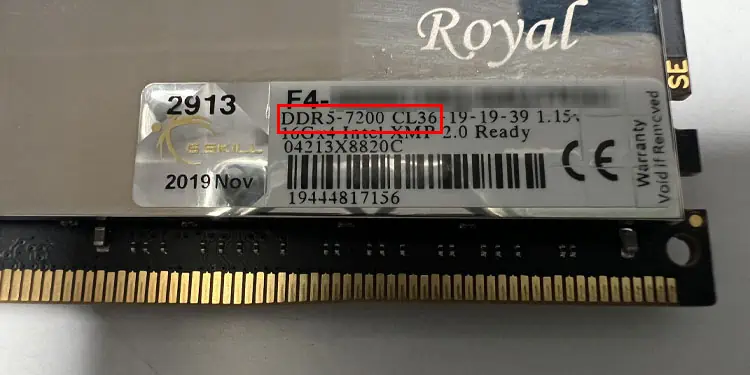
DDR5 is the latest generation of Double Data Rate memory chips which offers much highermemory frequencywith even higher capacity in a single stick.
DDR5 RAMsupports data transfer rates ranging from 4800 MT/s to 8000 MT/s. This number is extremely high compared to a DDR4 RAM’s speed. DDR5 alsouses just 1.1V,which is almost 10% lower when compared to the DDR4 voltage requirement.
These higher transfer rates offered by DDR5 are great when the CPU is constantly accessing the memory. You will see a massive performance boost when runningCPU-intensive applications. Other times, not so much.
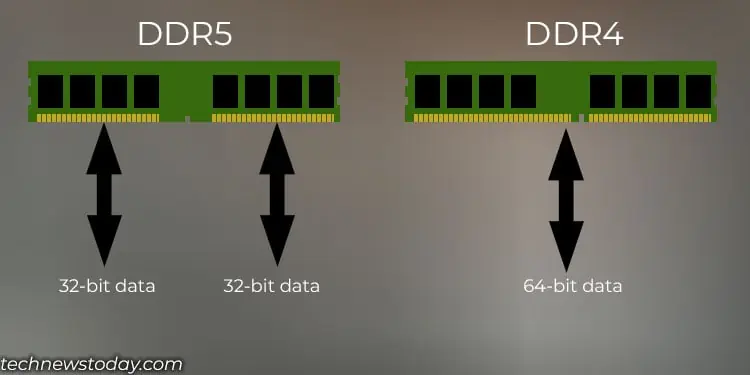
Now, let us look at a few other parameters to see which is better, DDR4 or DDR5 ?
DDR4 RAM architecture allows it to use a single64-bit bus to transfer data to the CPU. And if the memory modules are in adual-channel arrangement, a multi-core CPU can access both memory modules in parallel through the two memory channels.
Meanwhile, the memory controller within the processor handles the distribution of memory requests among the available channels and modules, improving the overall memory performance.
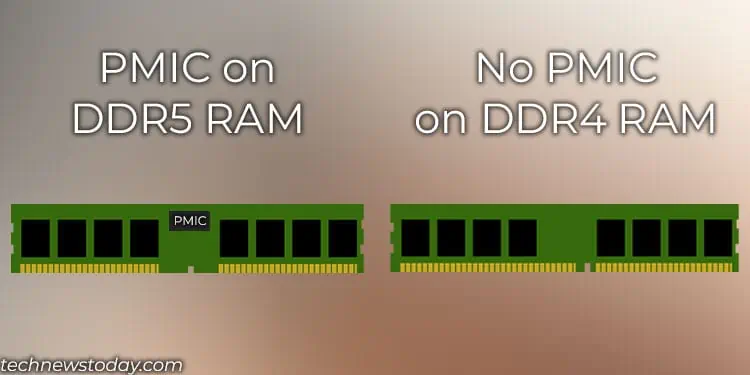
DDR4 memory first collects data to a 64-bit bus buffer before transferring data to the CPU. Once the buffer is full, the RAM then transfers this 64-bit data through a 64-bit data bus to the CPU. However, it’s not always that the 64-bit buffer is full.
If the buffer is only partially filled, the remaining is filled with junk data to transfer the information to the CPU. This takes time, and thus,the latency increases.
DDR5 also uses the same 64-bit data bus to transfer data. However, the bus is further divided into two 32-bit sub-channels that operate independently.
